The Changing of the Guard at Buckingham Palace stands out as one of London’s most iconic traditions. People from all over flock here to catch a glimpse of British pageantry that, honestly, you just don’t see anywhere else.
From the sharp movements of the marching soldiers to the clang of the old Palace gates, there’s something about being there in person that feels really special. If you want the best view of the action without missing a single salute, knowing exactly where to stand and when to arrive makes all the difference.
The first time I watched the ceremony, the crowds, the music, and those vibrant uniforms left me speechless. It felt like history was happening right in front of me.
As someone who tries to squeeze the most out of every trip, I’ve picked up a few tricks to help you skip the guesswork, dodge the worst of the crowds, and claim the best spots.
Whether you’re a first-timer at Buckingham Palace or just hoping to level up your London bucket list, I’ve got some practical tips to make your Changing of the Guard experience both easy and memorable.

The Majesty of the Changing of the Guard
Standing outside Buckingham Palace, I felt a mix of tradition and the lively energy of the city. The Changing of the Guard isn’t just soldiers in red—it’s a living story about history, service, and royal pride.
The History Behind the Ceremony
King Charles II kicked off the Changing of the Guard back in the 17th century. It started as a straightforward military duty, just to protect the monarch’s home.
Over time, this routine became the eye-catching display that pulls in crowds from across the globe.
Watching the guards march with such precision reminded me that this discipline has lasted centuries. The red tunics and bearskin hats? They’re real military uniforms, not just for show.
Real soldiers from the Household Division wear them. The ceremony marks the handoff between the Old and New Guard, showing the ongoing loyalty to the crown.
Most days, the event kicks off at 10:45 a.m. and runs about 45 minutes. Seeing these soldiers up close made me realize every step and drumbeat matters, tying today’s Royal Family to traditions from long ago.
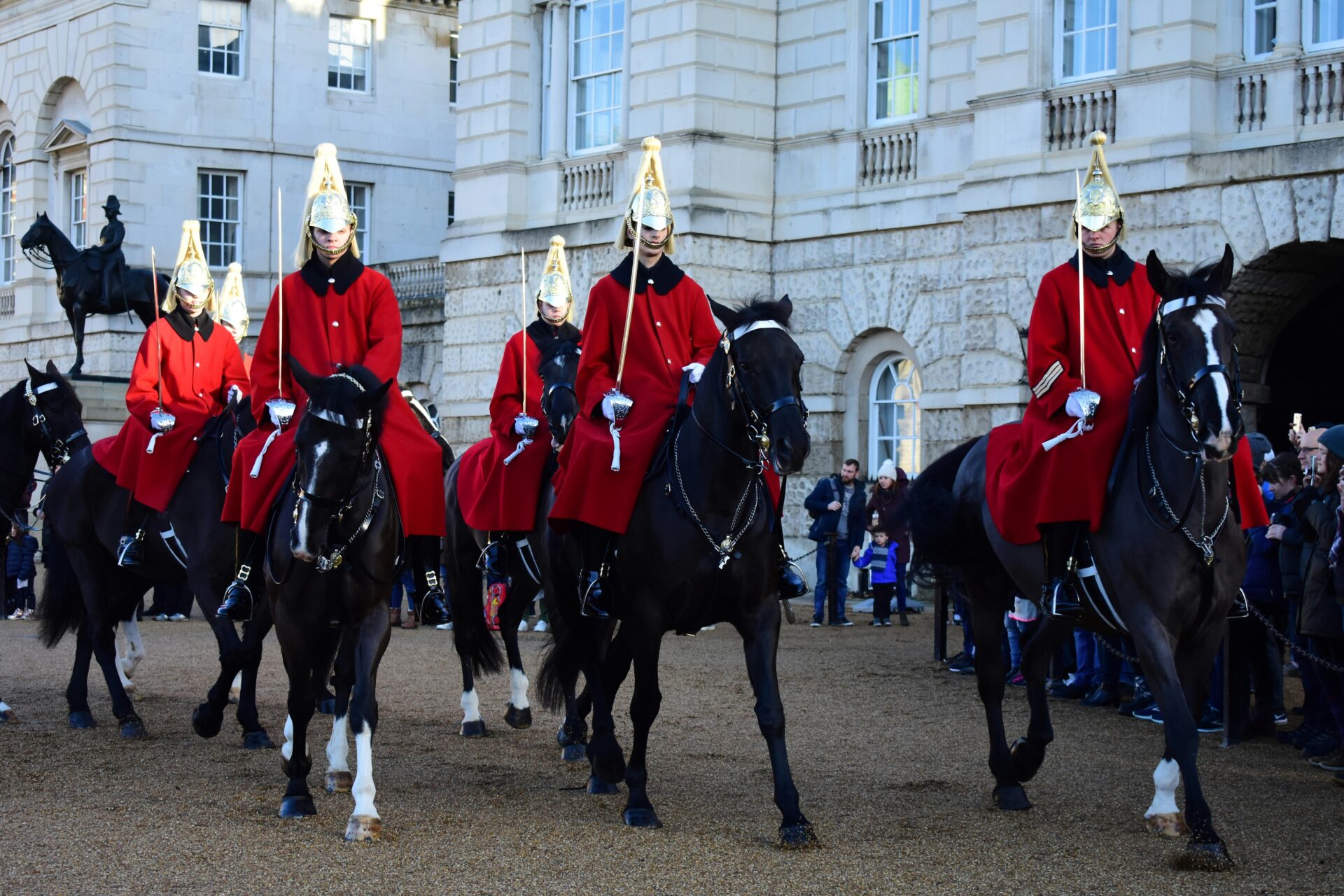
Tradition and Modernity in Pageantry
Even though the ceremony is steeped in history, it’s adapted to fit modern London. I spotted cameras, smartphones, and tourists everywhere—blending into a scene shaped by centuries-old rituals.
The uniforms haven’t changed much, but some customs have. On special days, the band might play anything from military marches to Beatles songs. It’s a bit wild to hear “Hey Jude” played by guards in full regalia.
Rainy days force the guards to swap red tunics for grey greatcoats, which makes sense given the weather.
Some major changes have made the event more accessible:
- It’s free and open to all
- Start times are posted online and can vary
- Guided tours and self-guided options are available
Being part of this mix of old and new gave me a better appreciation for how the British monarchy stays relevant.
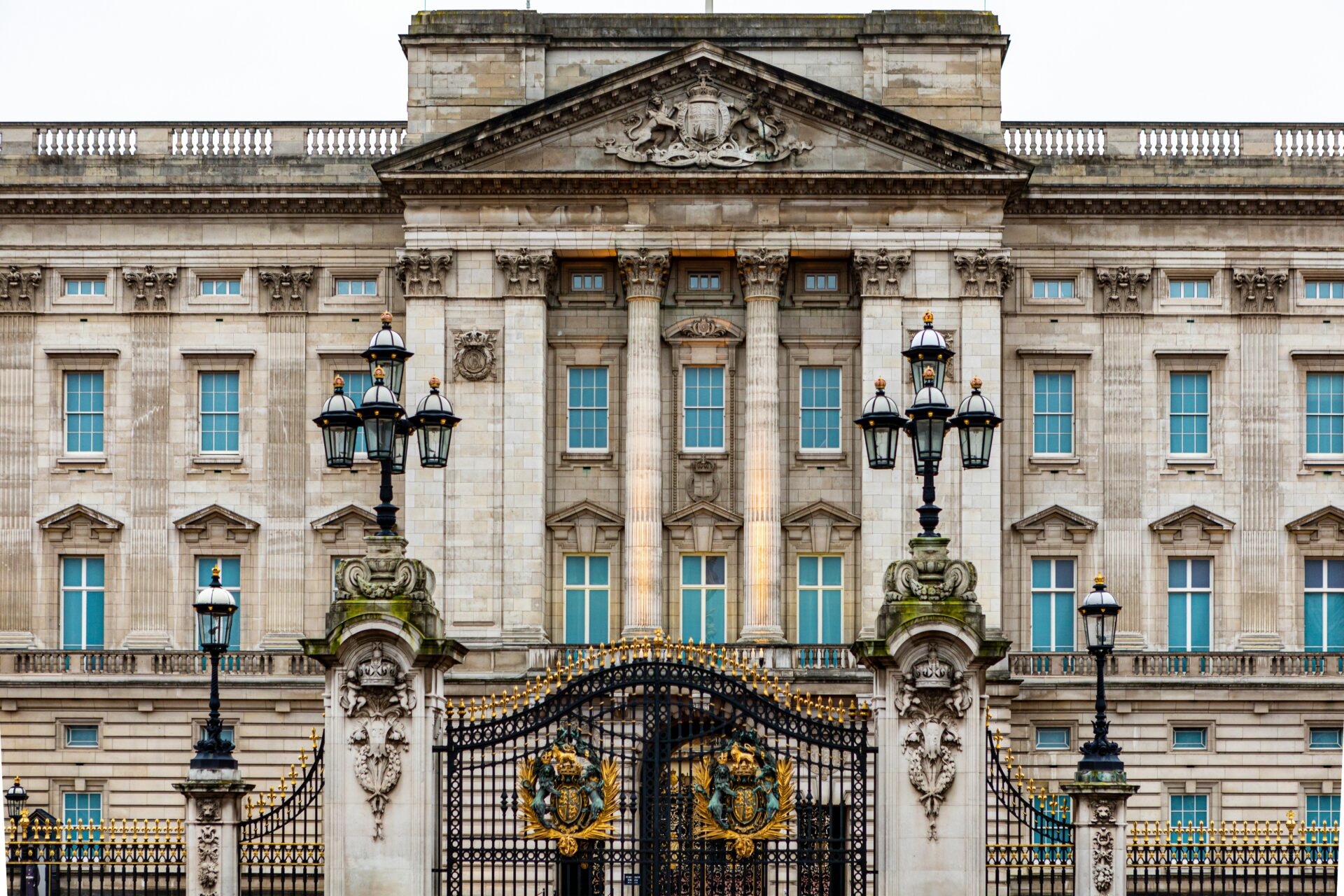
The Role of the Royal Family
The Royal Family’s presence lingers over every detail at Buckingham Palace. I didn’t spot King Charles III or any royals that day, but the ceremony still reflects their role as symbols of unity and national pride.
The guards serve the monarch directly. The Queen’s Guard is now the King’s Guard under Charles III, but their job—to protect the monarch—hasn’t changed at all.
Watching the ceremony, I felt connected to moments when the Royal Family would have watched these same guards. Sometimes, special events bring royals out to the palace forecourt, and the buzz in the crowd ramps up with the chance of a royal sighting.
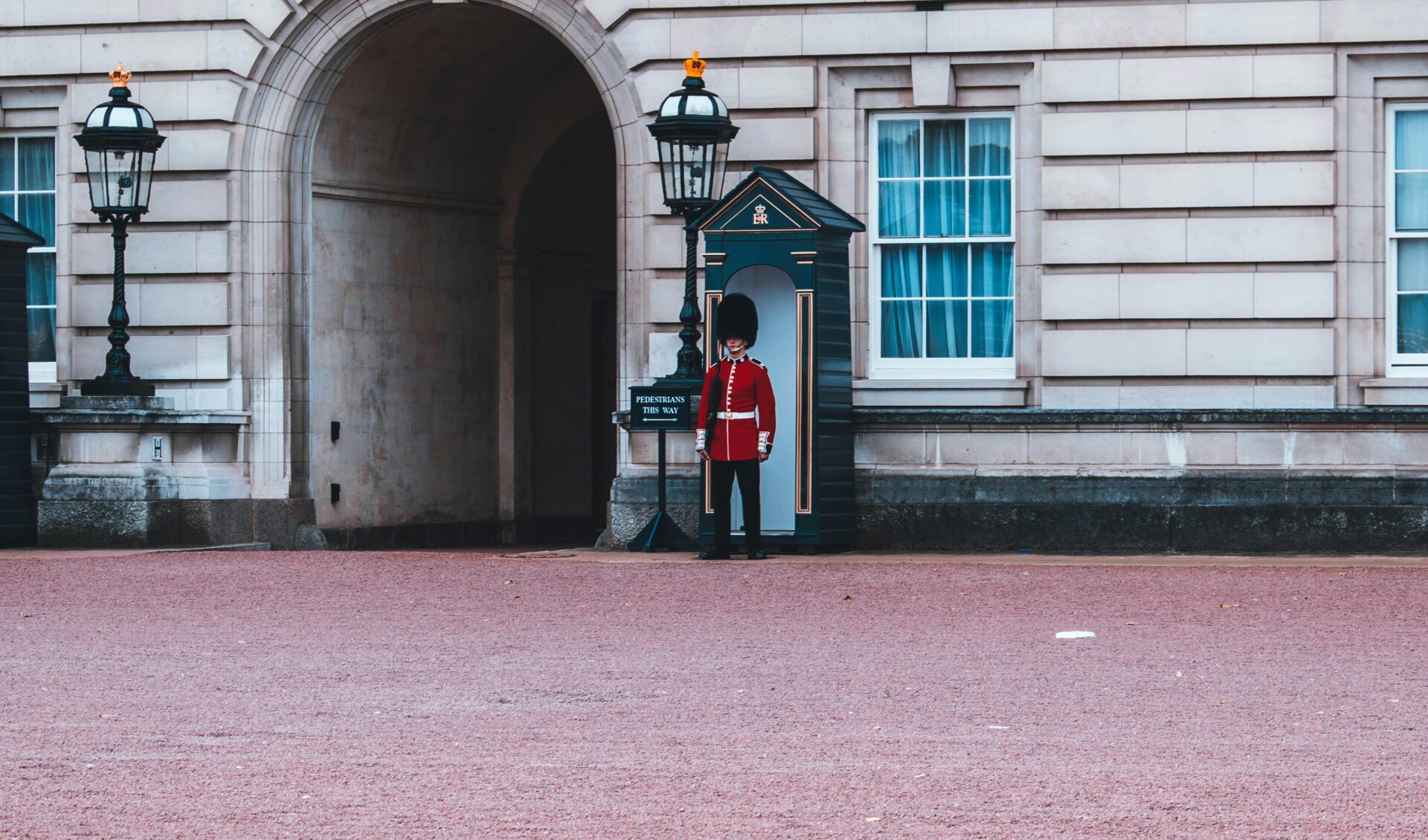
Legacy, Duty, and Achievement
Legacy hangs in the air during the Changing of the Guard. Generations of soldiers have stood watch at Buckingham Palace, each one upholding a sense of duty that’s bigger than just daily routine.
A guard’s achievement shows in their commitment and discipline. They put in long hours and tough training to keep these traditions alive.
Tourists focus on the pomp, but I noticed real determination and pride in their faces—a quiet reminder of their place in British history.
The ceremony teaches some solid lessons:
- Respect for tradition
- Pride in your role
- The value of public service
As I walked away from the palace gates, I got how the ceremony connects past and present, passing down stories of achievement and royal duty to anyone who takes the time to watch.
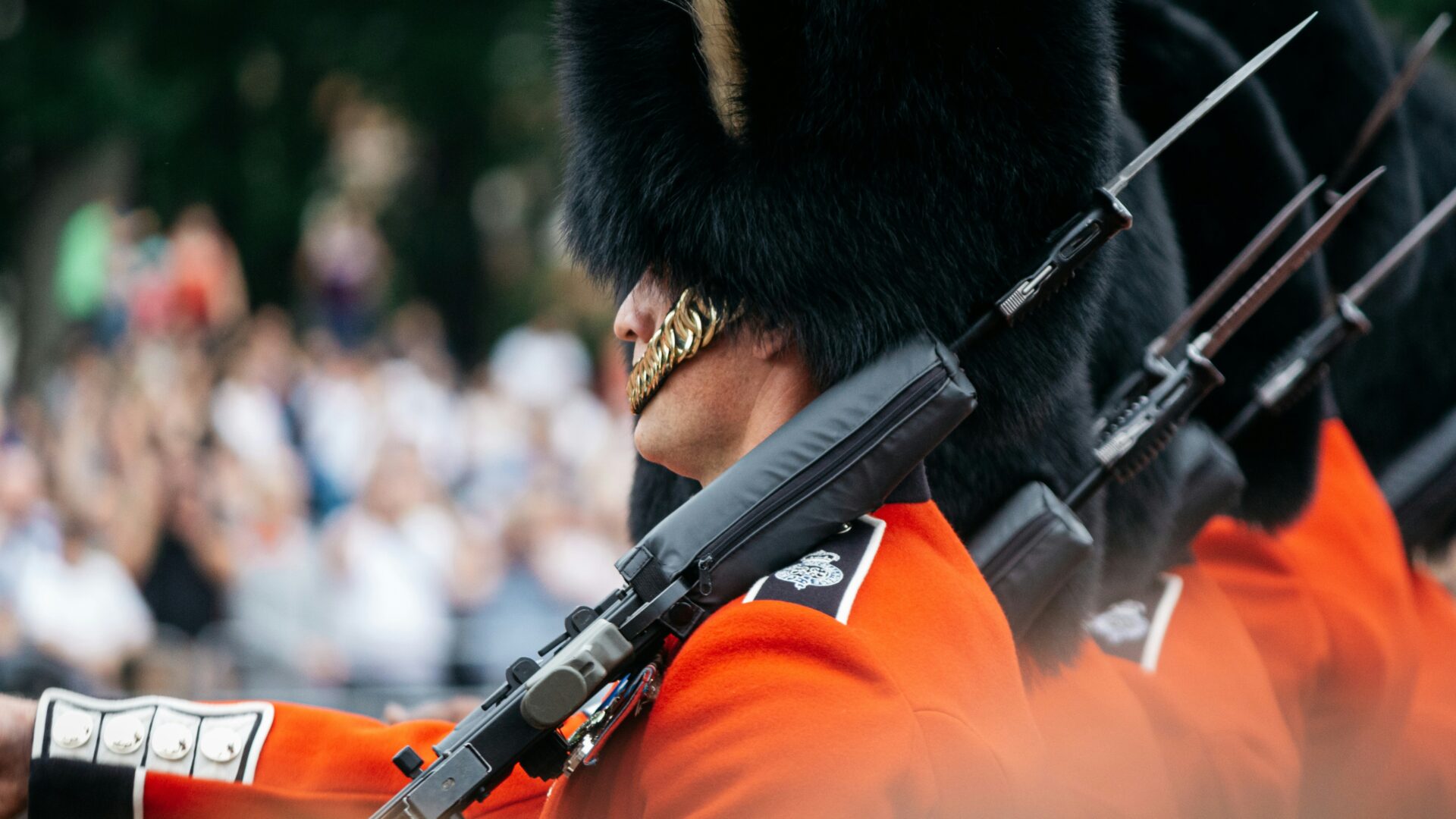
Planning Your Visit to Buckingham Palace
Visiting Buckingham Palace for the Changing of the Guard blends history, tradition, and royal pageantry right in the heart of London. Getting a good view and making the most of your day comes down to timing, location, and a little prep.
Best Times to Witness the Ceremony
The Changing of the Guard doesn’t happen every day, especially in winter. Most of the time, the event starts around 11:00 AM, but the schedule can shift.
I made it a habit to check official schedules online before heading out.
Crowds start gathering as early as 9:30 AM. I showed up around 9:45 AM and managed to grab a decent spot by the Victoria Memorial.
Weekends, summers, and holidays bring out the biggest crowds, so earlier is definitely better. Rainy days can mean cancellations, so I always check updates that morning.
From March to July, the ceremony usually happens daily. The rest of the year, it’s every other day.
I’d steer clear of late June or days around royal events if you want a more relaxed experience.
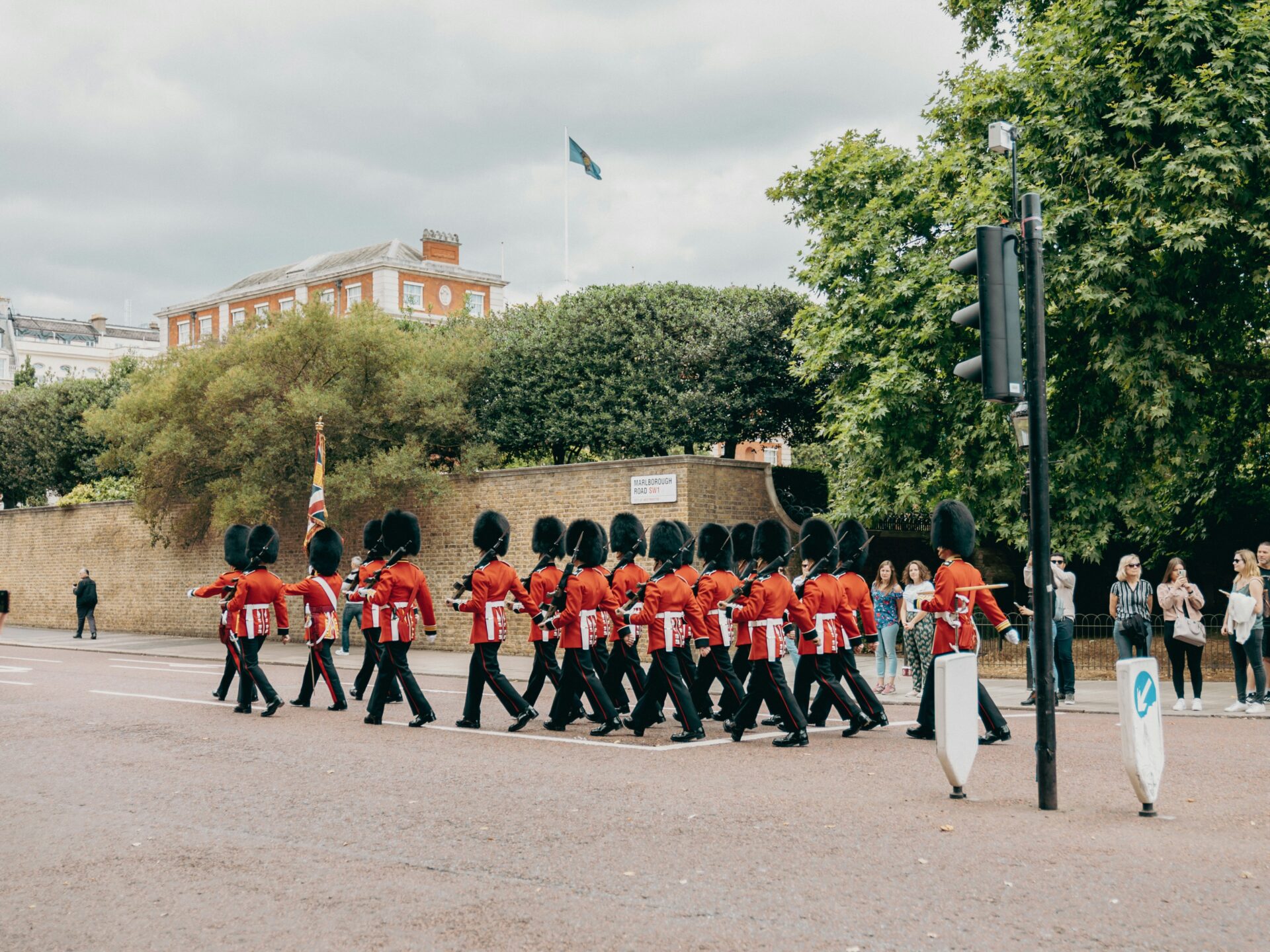
Tickets, Schedules, and Key Locations
Watching the Changing of the Guard outside the palace is totally free—no ticket needed if you just want to see the action from the gates or sidewalks.
Sometimes, official tours or guided walks offer reserved spots or extra commentary.
These locations have worked best for me:
- Victoria Memorial: Great, clear view of the Palace gates.
- The Mall: Perfect for watching the guards march in and out.
- Canada Gate: Offers interesting side views, usually with fewer people.
I always check times on the official Household Division website before planning my day.
If you want a guided tour inside Buckingham Palace, especially when the State Rooms open in summer, grab tickets early—they sell out fast.
Nearby spots like Kensington Palace or a stroll down to the Thames are worth considering if you want to keep exploring.
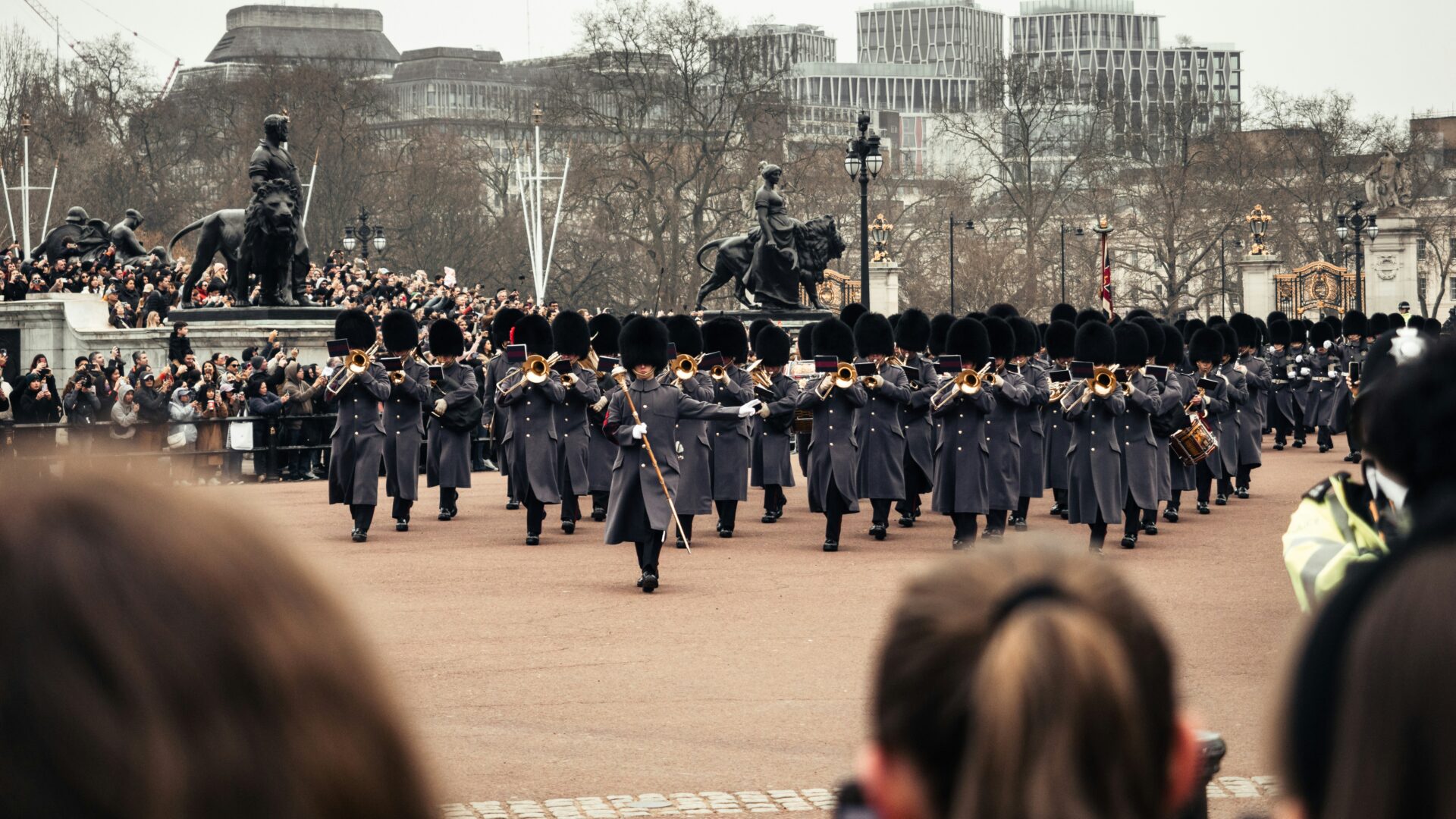
Accessibility and London Transport
Getting to Buckingham Palace is pretty easy using the London Underground. The closest tube stations are Green Park, St. James’s Park, and Victoria.
I usually pick Green Park (Piccadilly, Victoria, Jubilee lines). The walk through Green Park is lovely, flat, and works well for wheelchairs or strollers.
St. James’s Park station is a bit farther but gives you nice park and lake views.
Victoria Station is your best bet for step-free access. London’s buses stop nearby too. Taxis and rideshares work, but traffic can get heavy during ceremony times.
Buckingham Palace has accessible entrances for guided tours, but outside, restrooms and seating are pretty limited. I plan quick breaks and bring whatever I’ll need.
If you want to explore more, Kensington Palace and the Thames are a short ride away for additional royal adventures.
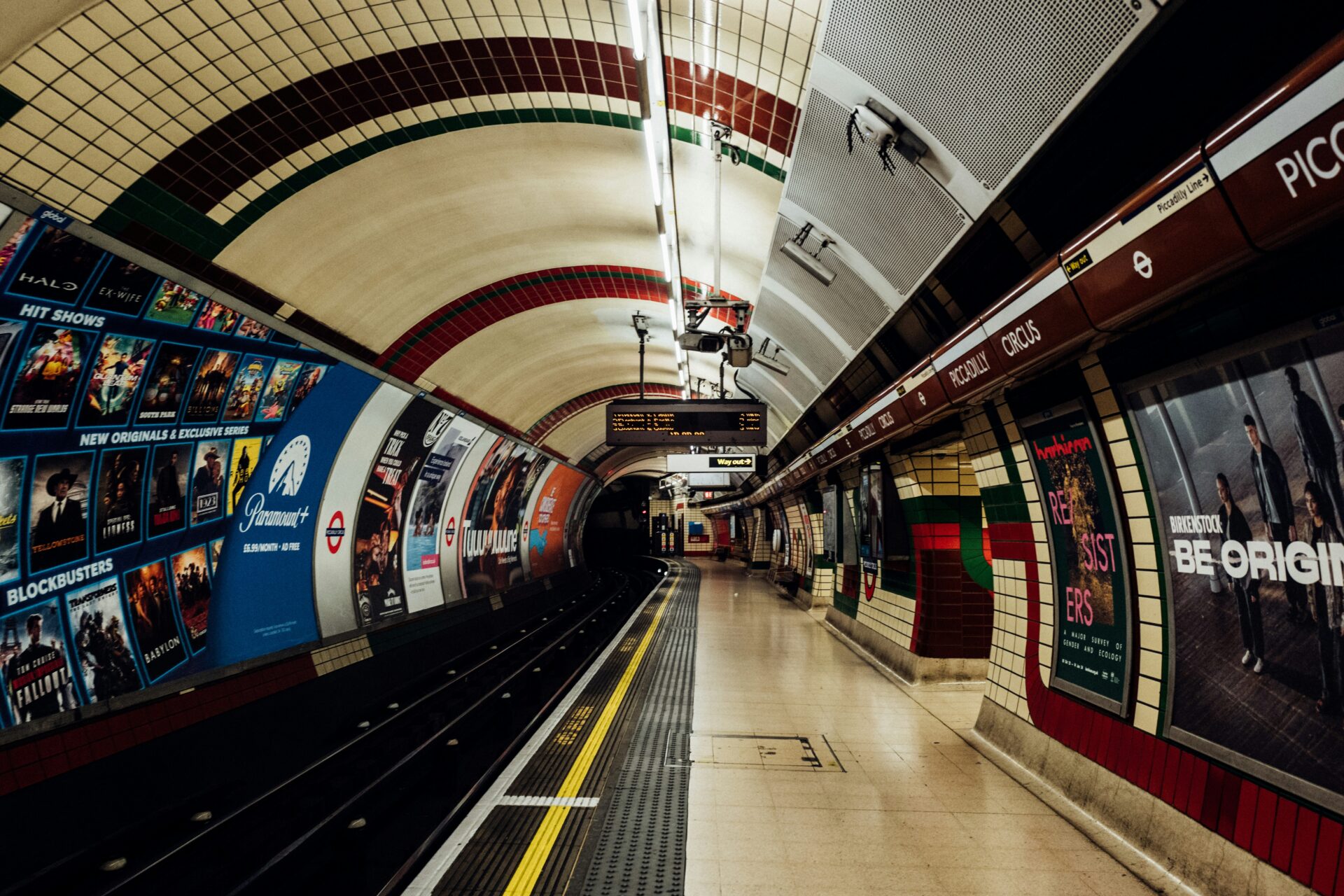
Connecting With Local Culture
Londoners might seem unfazed, but the pageantry is baked into the city’s character. The marching band’s music echoes down the Mall, and those red tunics and bearskin hats still mark a special occasion that even locals appreciate.
I like to pause at a café along the route, swapping stories with fellow travelers or locals. Everyone seems to have a favorite spot or a Buckingham Palace memory.
The area’s packed with historic pubs, tea rooms, and markets, making it easy to soak up the city’s vibe.
For a change of pace, day trips to Oxford or riverside walks along the Thames show another side of England’s traditions. Kensington Palace, with its gardens and history, is just a short hop away and always adds something extra to my London trips.

How to Secure the Perfect View
Finding a good spot for the Changing of the Guard can really make or break your experience. Crowds, timing, and a little etiquette all factor in—plus, who doesn’t want a photo that actually captures the moment?
Prime Viewing Spots and Arrival Tips
When I got to Buckingham Palace, the crowds surprised me. To get a solid view, I learned quickly that timing and location matter a lot.
The front of the palace gates is the most popular spot. I could see the main ceremony and snap great photos as the guards marched by.
For a slightly higher view, I liked the circular Victoria Memorial right across from the palace. Pro tip: the side of the memorial facing the gates gives you a really clear angle.
Arriving at least an hour early is a must, especially during peak season or weekends. If the front fills up, I walk along The Mall to watch the guards as they approach.
I always bring a snack and water since once you’re in a good spot, moving around is tough.
Best Viewing Spots Table:
| Spot | Crowd Level | View Quality | Features |
|---|---|---|---|
| Palace Gates | High | Excellent | Direct ceremony view |
| Victoria Memorial | Medium | Elevated | Wide angle and photo ops |
| Along The Mall | Medium | Procession | See guards march to the gates |
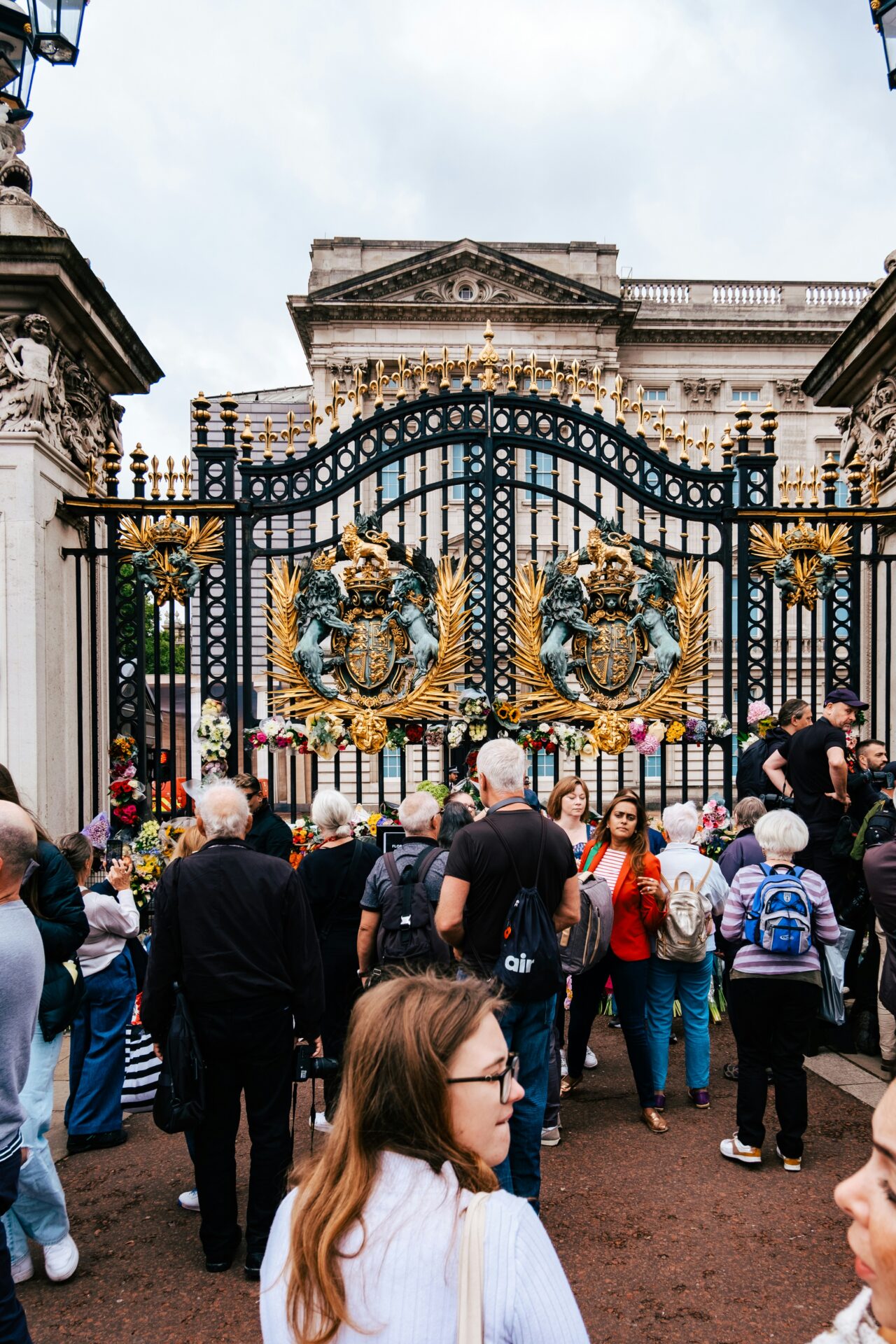
Crowds, Etiquette, and Photography Advice
The uniforms and marching bands pull in big crowds. It’s honestly a little overwhelming but also kind of thrilling.
Good etiquette helps everyone enjoy the moment. If I’m up front, I stay aware of kids, families, and folks behind me. I avoid blocking anyone’s view with umbrellas or signs. A quick “excuse me” works wonders if I need to shift.
For photos, I set up my camera or phone in advance. The action moves fast, so I keep my finger ready. Flash is usually discouraged, and sometimes security will remind you.
I like to focus on details—not just the soldiers, but the horses, shiny helmets, and the palace backdrop. I snap a few shots, then put my phone away and just soak in the moment.
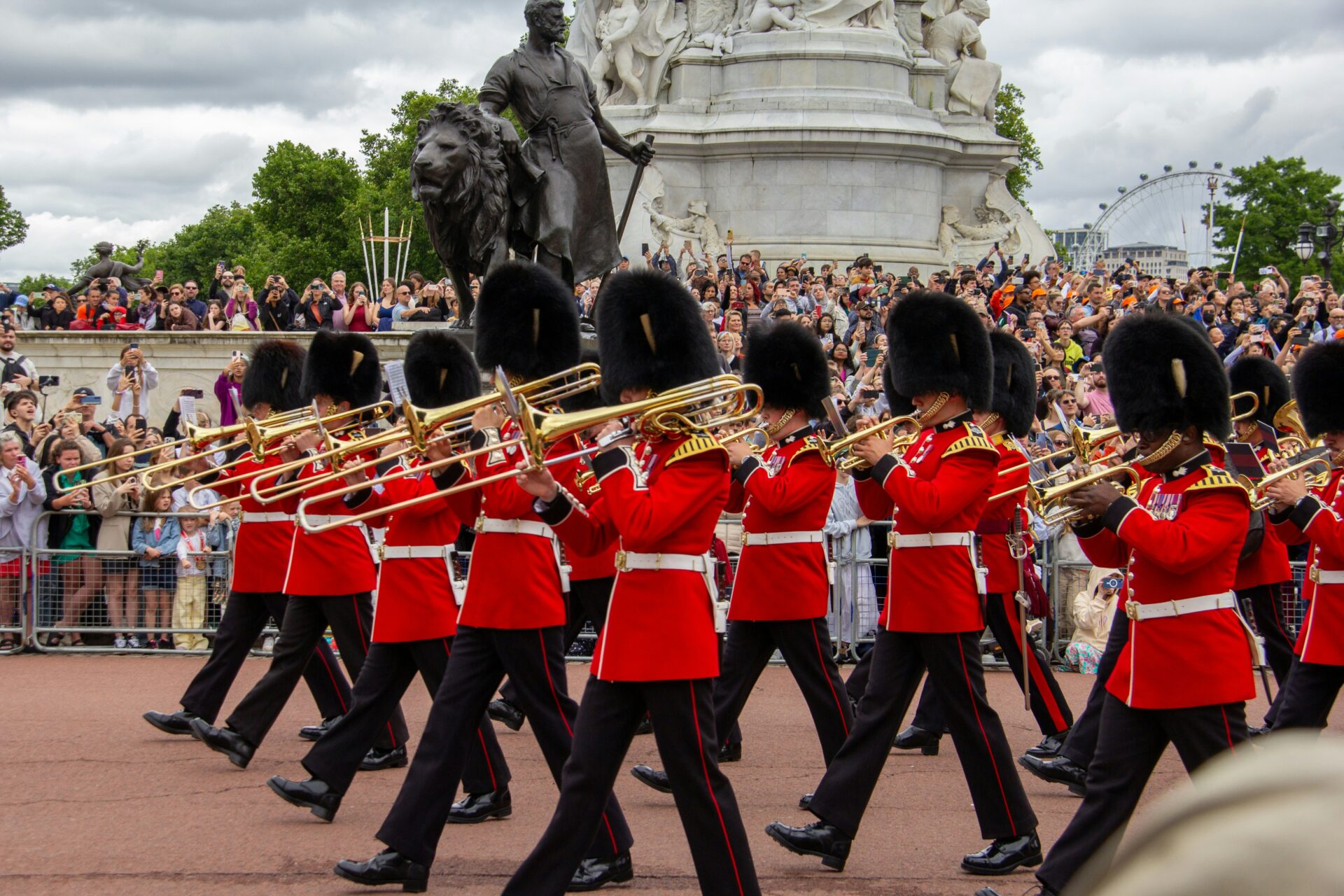
Immersing in the Pomp and Pageantry
Standing outside Buckingham Palace feels like stepping into a living painting. Every detail—from the music to the crisp uniforms—pulls me into a scene that mixes history, royal presence, and national pride.
Marching Bands, Uniforms, and Tradition
The ceremony always starts with the marching band. The music jumps from military marches to pop songs, and I can feel the excitement as the notes bounce off the Palace gates.
These bands aren’t just for show; every musician is a serving member of the British Army.
The guards’ uniforms stand out: red tunics, navy trousers, and those tall black bearskin hats. Seeing the colors up close is honestly pretty striking.
Watching the guards move in perfect step shows their discipline and years of training. The uniforms, the precise footwork, and the sound of boots on the stone parade ground all make the event feel ceremonial and real at the same time.
Here’s a quick look at the main regiments that take part:
| Regiment | Uniform Details | Notable Features |
|---|---|---|
| Grenadier Guards | Red tunic, bearskin hat | Oldest, iconic group |
| Coldstream Guards | Red tunic, blue plume | Famous blue plume |
| Scots Guards | Red tunic, no plume | Tallest soldiers |
Taking in the vibrant scene, I notice how every detail honors long-standing tradition.

The Changing Roles of Actors and Guards
The real “actors” in this show are the guards themselves. The Old Guard and the New Guard face each other in a tightly rehearsed handover.
Each guard has a role—some stand at attention, others march with messages or orders. Their movements are sharp and confident.
Some people wonder if the guards are just actors putting on a show. Every guard I see is an active soldier, with duties that go way beyond ceremonial tasks.
Sometimes, a Regimental Sergeant Major calls out orders, commanding respect and focus from everyone. Other military staff keep the ceremony running smoothly, but they stay behind the scenes.
Watching up close, I can see that what looks like “acting” is actually rooted in real military service and deep respect for their duty.

Royal Family Members: Past and Present
Over the years, the royal family—especially the King and Princess of Wales—show up to watch or host big events at Buckingham Palace. Sometimes, though not often, you might spot a royal during the Changing of the Guard.
I always keep an eye on the palace’s famous balcony, just in case someone unexpected appears.
Historic portraits and old photos show past monarchs and princesses watching these ceremonies too. Seeing those images, I realize how much royal traditions and public displays go hand in hand.
Now and then, big announcements or celebrations happen at the same time as the guard change. That always makes the event feel even more special.
The royal family’s support really gives the ceremony its unique energy. When they show up—or even just appear in official portraits—it adds an extra buzz for visitors from all over.
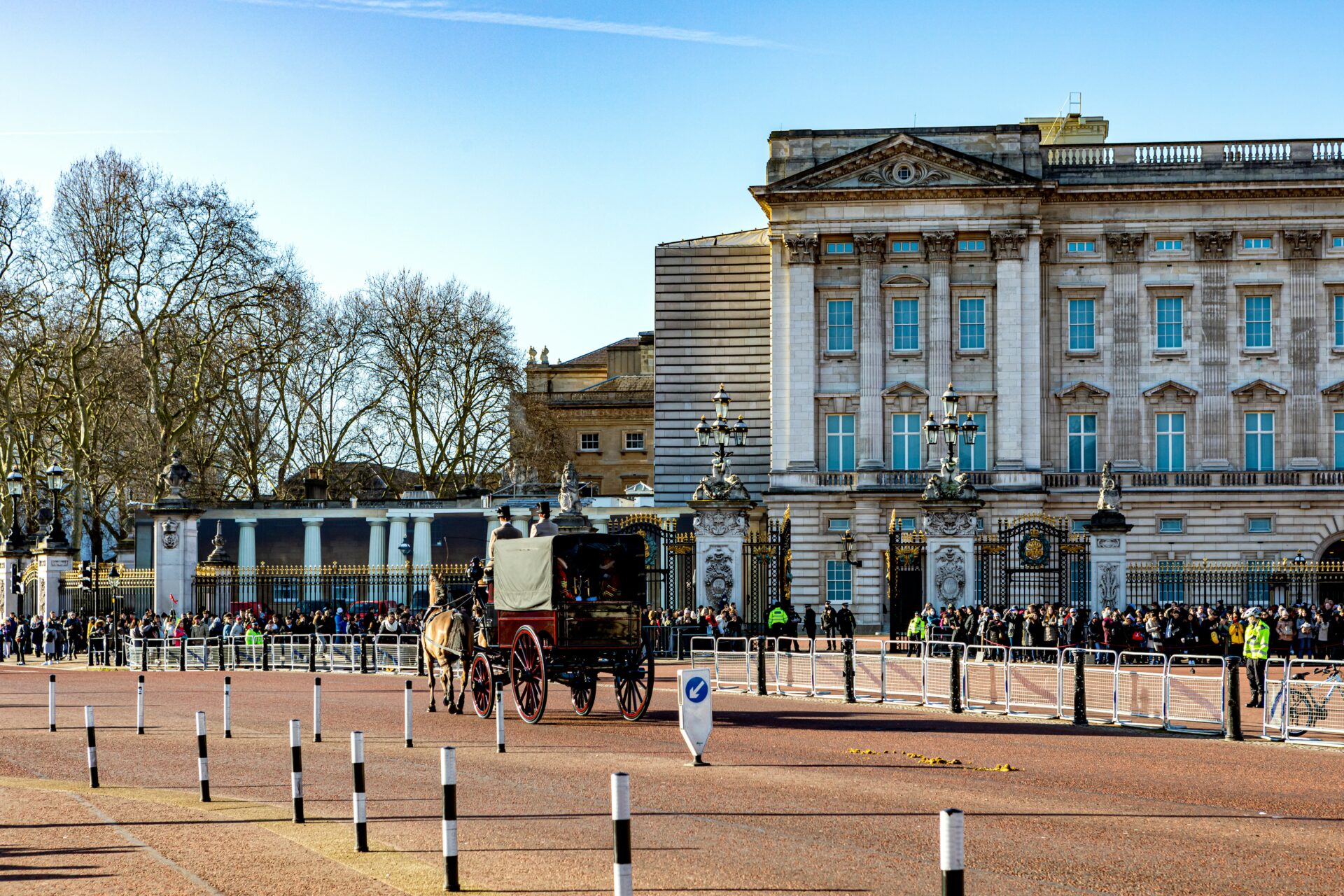
Influence on British Culture
Watching the ceremony myself, I get why the Changing of the Guard matters to British culture. It’s not just a tourist thing. Millions see it on TV and in photos.
The pageantry pops up in movies, travel shows, and royal events all the time.
The ceremony shapes national pride and identity. British kids visit on school trips, and the music often shows up at parades around the country.
Shops nearby sell postcards and souvenirs with the guards’ uniforms, so the tradition becomes part of daily London life.
As I left the Palace that day, I felt like I’d added a piece of history to my own story.
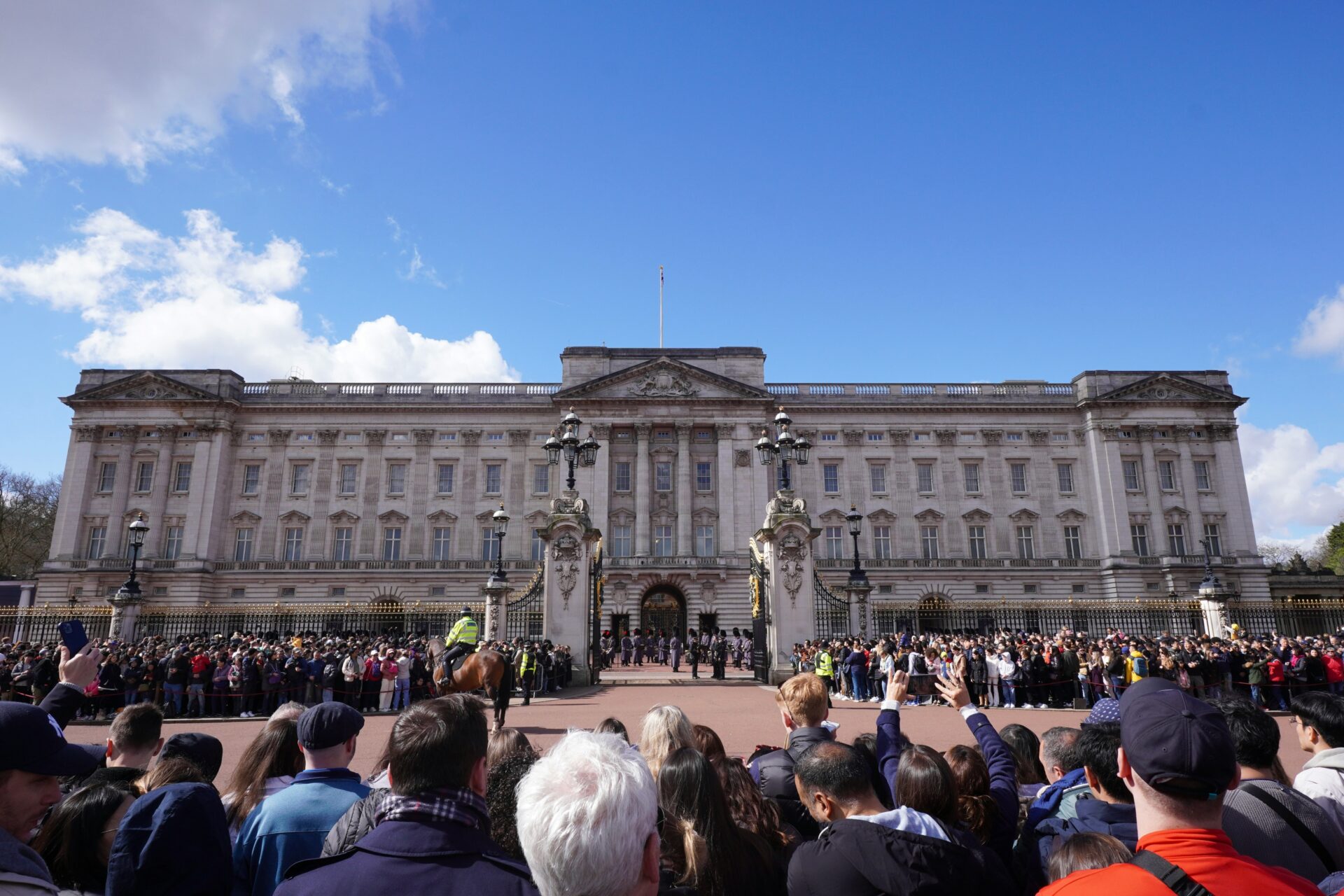
Personal Reflections and Travel Tips
Small moments at Buckingham Palace spark ideas and memories for me—sometimes even quiet gratitude. It’s more than a ceremony; it’s a chance to see history, creativity, and a touch of nature all at once.
A Story of Childhood Inspiration
As a kid, the Changing of the Guard felt almost magical. I remember watching the parades on TV and sketching the guards in those bright red jackets and tall hats.
Those old drawings remind me how powerful first impressions really are.
Visiting years later, I stood at the palace gates. Families crowded around, and I saw that same spark in kids who stared wide-eyed at the spectacle.
If you’re traveling with children, bring a small notebook for them to doodle or jot down thoughts. It makes the day more of an adventure.
Arriving early with snacks and a camera helped us grab a spot by the fence. The sound of boots on gravel and brass music in the air brought back that childhood wonder.
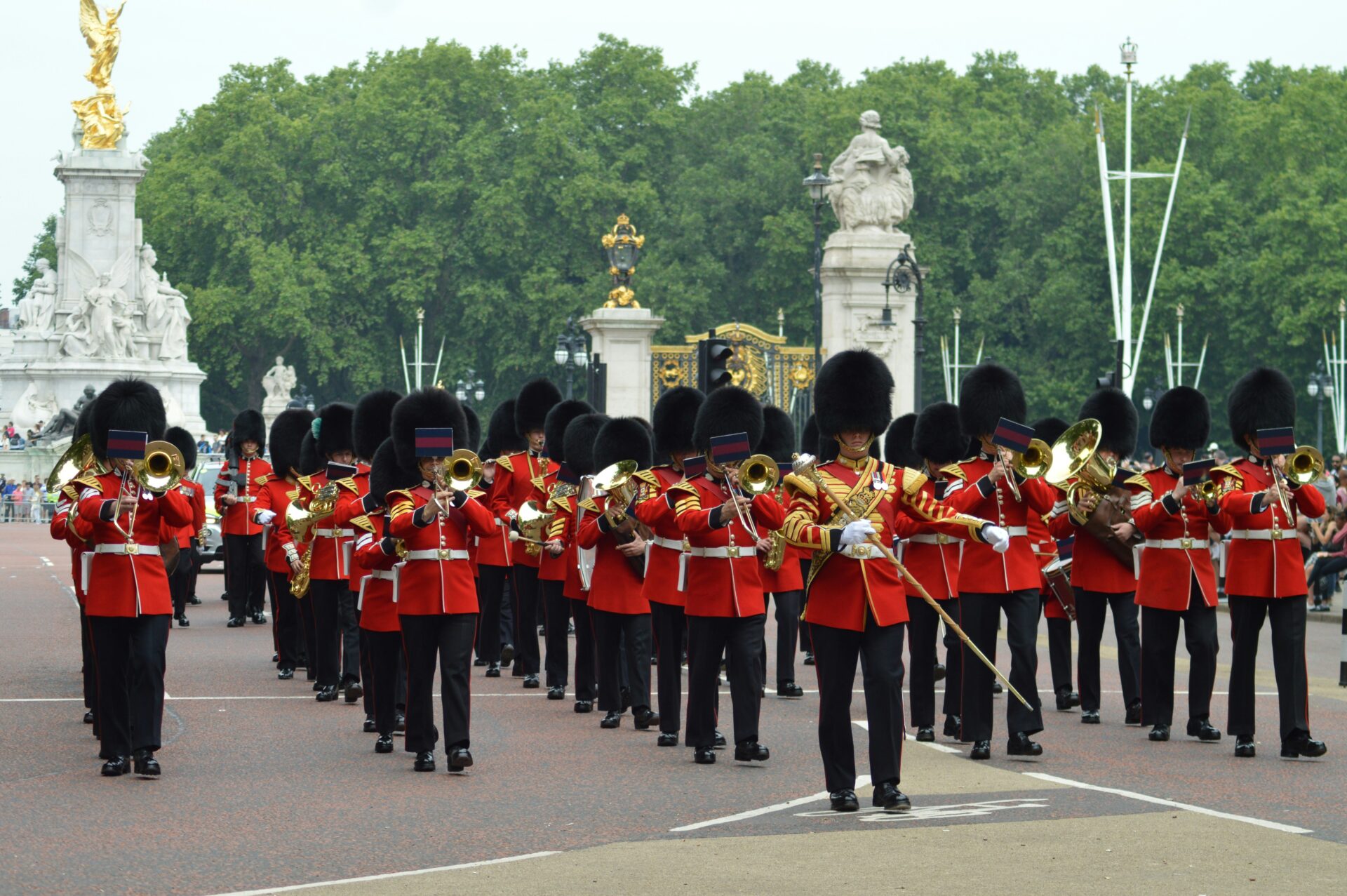
Letters, Art, and the Beauty of Place
Standing in front of Buckingham Palace made me feel connected to art and history. I started scribbling notes on postcards to send to friends and family later.
Sharing the experience in letters and little sketches helped me remember the small details: a flash of gold on a uniform, the shape of the palace windows.
I met a local artist near St. James’s Park, quietly painting the scene with watercolors. Watching for a minute and exchanging a few words reminded me how travel sparks creativity.
Beyond photos, writing or drawing about the visit really makes the memories stick.
Practical tip:
- Bring a lightweight sketchbook or notebook.
- Buy postcards at the palace gift shop to send home.
- Stop to watch artists; their perspective might show you something new.
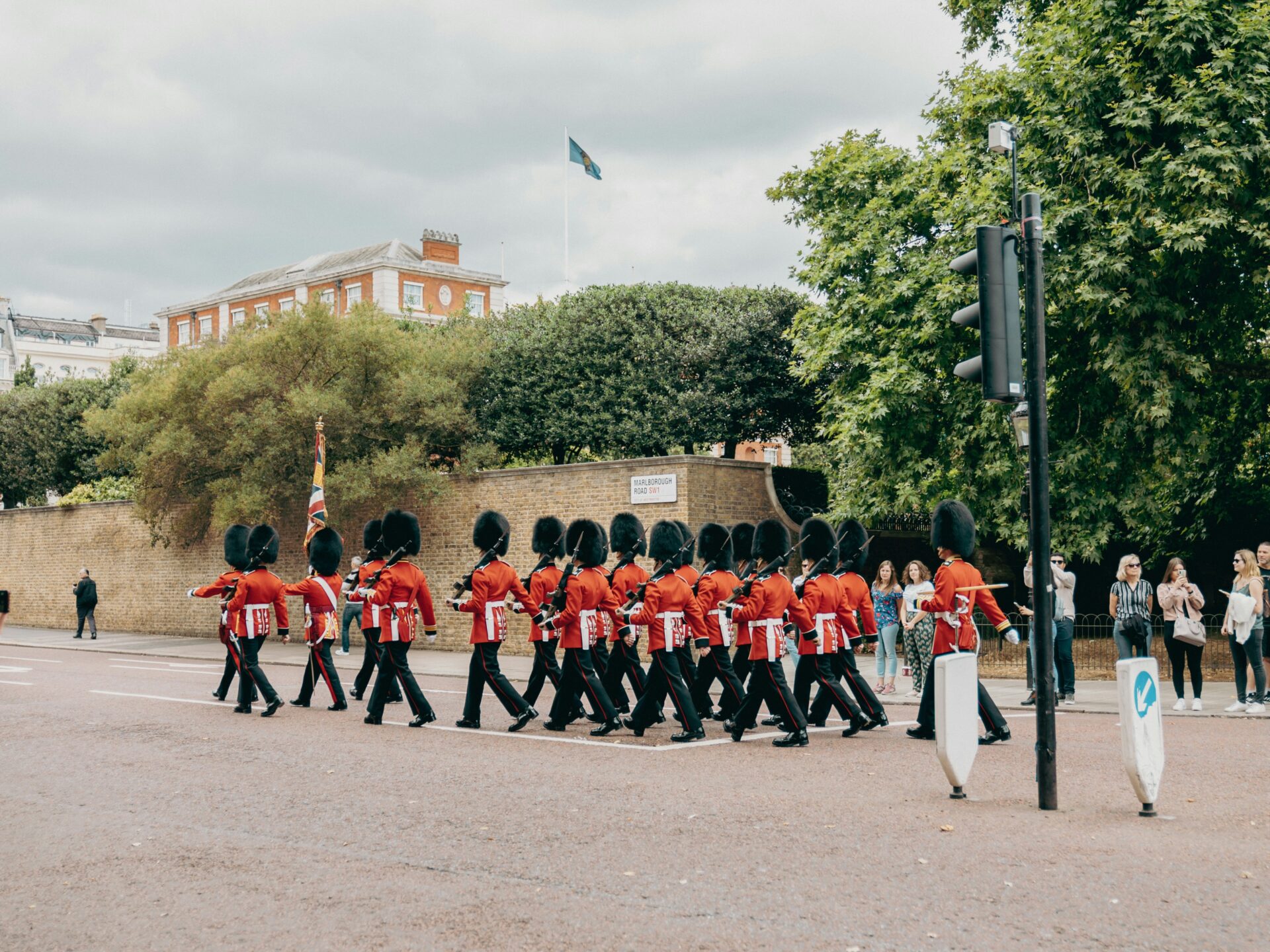
Moments of Gratitude and Heroism
Being there for the Changing of the Guard makes me think about the dedication behind those uniforms. Watching their precise movements, I feel grateful—not just for the military discipline but for the character these traditions show.
Some of these guards serve overseas or train for emergencies. They’re real people—everyday heroes, honestly.
I stood quietly during the musical tribute, thinking about those who serve. Even just thanking a palace staff member or guide made me appreciate the experience more.
In a big crowd, those little moments of gratitude really stand out.
Ways to show gratitude:
- Clap politely after the ceremony.
- Say something kind to the staff.
- Respect the barriers and instructions—they’re just doing their jobs.

Exploring Gardens and Nature Nearby
After the ceremony, I wandered into St. James’s Park, just across the road.
Honestly, it felt like the perfect break from the crowds—green lawns, flower beds, easy paths to stroll.
A few swans and ducks drifted across the lake.
People sat under shady trees, picnicking or just chatting.
Buckingham Palace Gardens are usually closed off, but the public park still offers loads of natural beauty.
I spotted gardening volunteers along the edges, trimming hedges and caring for roses.
You can really tell their work makes a difference—even small gardens bring a bit of charm to this grand place.
Nature tips for visitors:
- Toss a light blanket in your bag for a quick picnic.
- Pause and watch the birds, or snap a few flower photos.
- Pay attention to signs near flower beds; some rare plants need extra protection.
Every time I come here, I notice something new.

